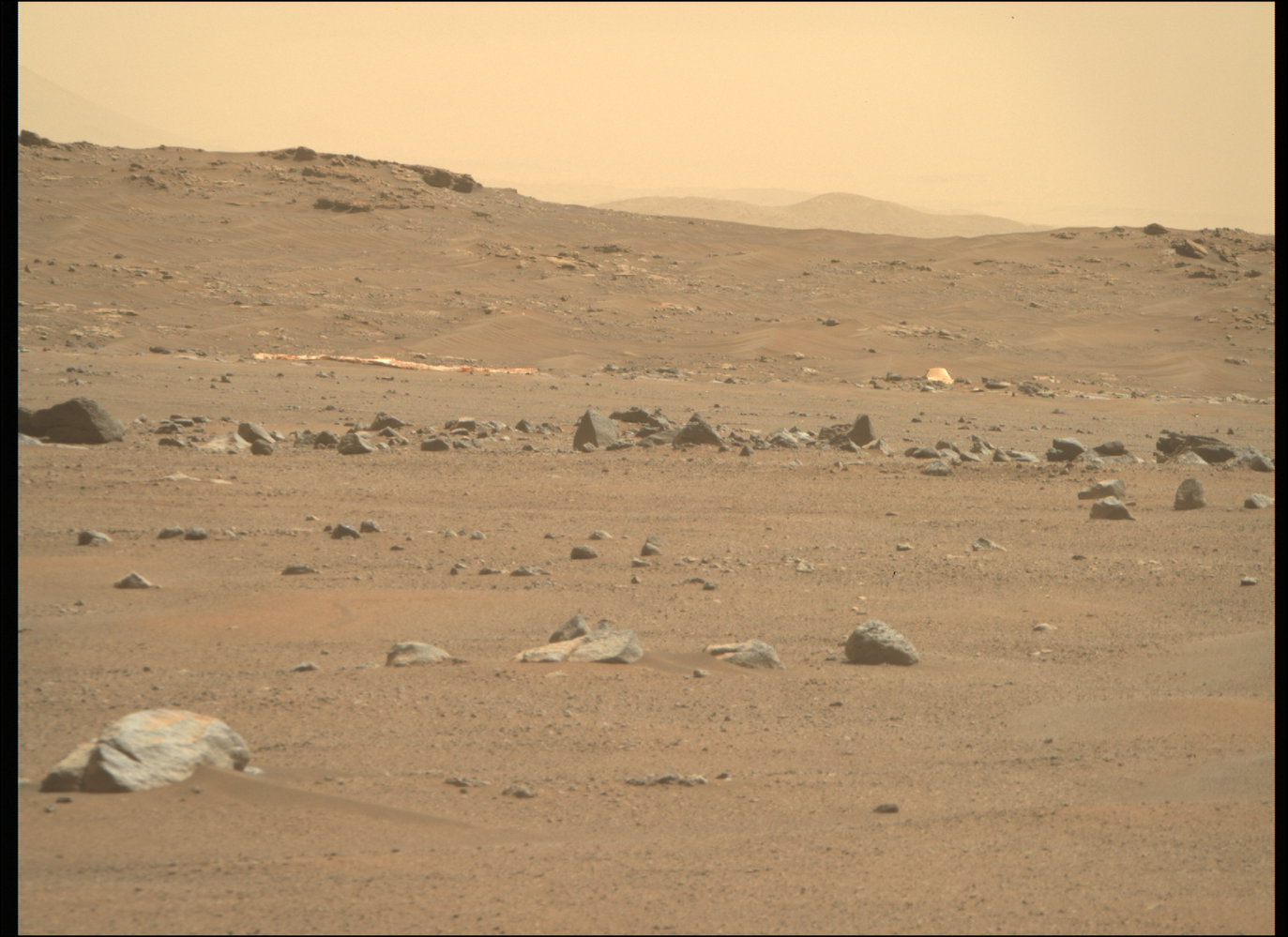
In an exciting new discovery, NASA’s Perseverance rover has found what appears to be the remains of an ancient riverbed on Mars. Based on evidence seen in the new images, the river could be the deepest and fastest-flowing scientists have seen yet, claims NASA.
In February 2021, the Perseverance rover touched down on Mars in a location known as Jezero Crater – a 750-mile-wide (1,200 kilometers) ancient meteorite impact site. Today, the site sits as a hollow bowl of dry dirt and rock, but over 3.5 billion years ago, Jezero was once believed to be a large lake with an intricate network of rivers and waterways.
It was no surprise that Jezero Crater was selected as the landing site for NASA’s Perseverance Rover because of its potential to find evidence of ancient microbial life, if it ever existed on Mars.
With the latest round of new images from Perseverance, NASA believes to have found what was once one of those rivers.
The hundreds of new images were stitched together by the Mars 2020 Perseverance team to create a bigger picture mosaic. Below you can see rows of wavy sedimentary rock with remnants of what NASA calls “coarse sediment grains and cobbles,” which suggests it was once a very powerful and deep river system.
“Those [grains and cobbles] indicate a high-energy river that’s truckin’ and carrying a lot of debris. The more powerful the flow of water, the more easily it’s able to move larger pieces of material,” said Libby Ives, a researcher at NASA’s JPL, which operates the Perseverance rover. Ives has a background in studying rivers on Earth and has spent the last six months analyzing images of Mars.
Just as flowing water can create sandbars and rows of underwater wavey patterns on our planet, scientists see no reason why this couldn’t happen on the red one.
It’s likely that Perseverance will now use its suite of scientific instruments to study the riverbed in more detail, including taking close-up images and collecting rock samples for analysis. The rover’s SuperCam could also use its laser to vaporize rocks and soil, allowing scientists to analyze the chemical composition.
Follow Arin: Twitter, Instagram, LinkedIn
Wanna connect? Join our Discord server! Featuring forums and chatrooms for space fans.
FTC: We use income earning auto affiliate links. More.





Comments